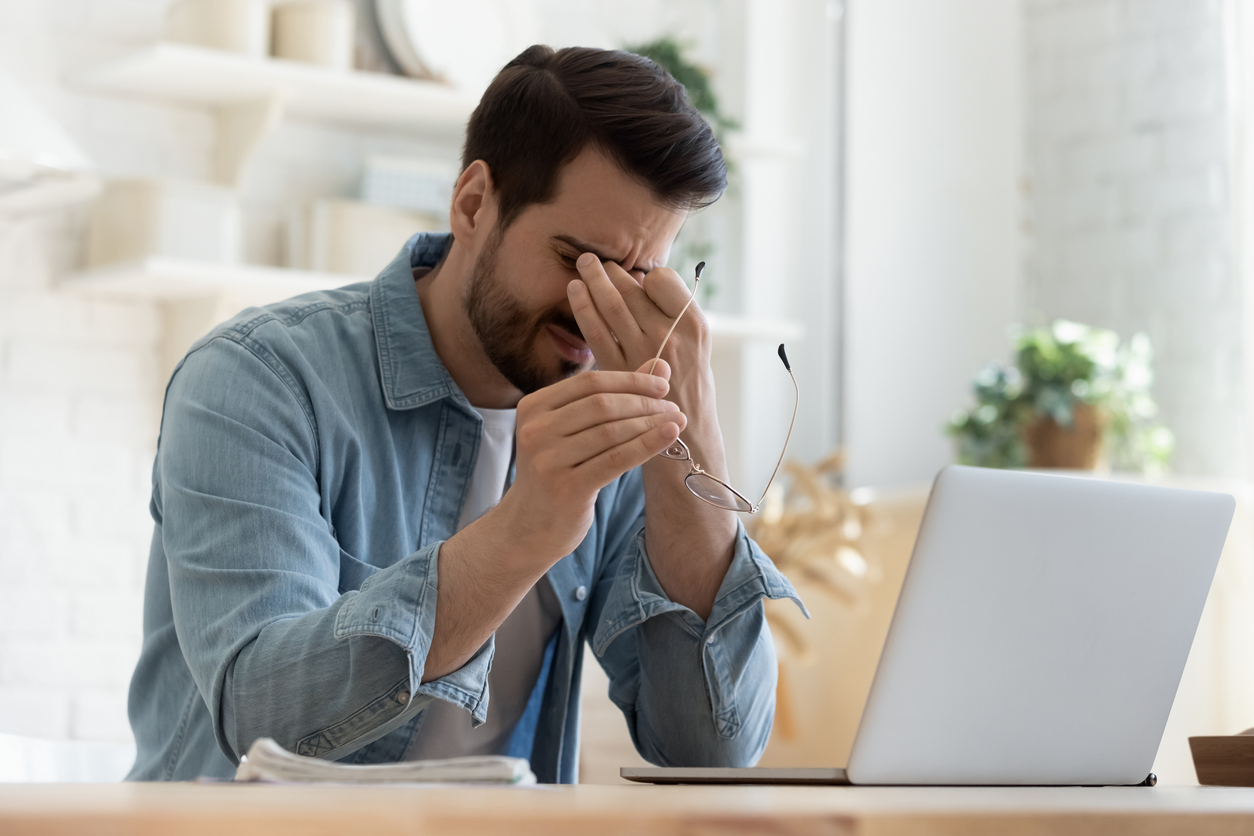A headache on the side of your head is usually nothing to worry about; often the cause is not serious. Occasionally, however, a headache may be caused by an injury, illness or condition making it important to see a doctor for checks.
When to see a doctor for a headache on the side of your head
You should get medical help immediately if you have a headache on the side of your head— or in another location on your head — and you experience any of the following:
- the headache changes, gets worse quickly or is severe
- the headache doesn’t go away
- you’ve recently injured your head
- you coughed, sneezed or moved suddenly or quickly and this triggered your headache
- you have a weakened immune system, for example if you’re undergoing chemotherapy
- you’re pregnant
- you may have been exposed to carbon monoxide
- you think you have a migraine but are worried by other symptoms
You should also get immediate medical help if you have a headache and:
- you have a high temperature (fever)
- you’ve had a fit (seizure)
- you feel confused or dizzy
- any of your limbs feel weak
- your eyes are sensitive to light
- you’ve noticed changes in your personality, speech or vision
- you have a stiff neck
- you’re being or have been sick (vomiting)
Causes of headache on the side of your head
If you have a headache on the right or left side of your head it’s most likely to be a migraine or cluster headache.
Migraines are fairly common, especially in women, and the moderate to severe pain will usually appear on 1 side of your head.
Cluster headaches are known for causing intense, crippling pain on 1 side of your head and pain behind the eye on the affected side. They are far rarer than migraines -- approximately 1 in 1,000 people get them, and they’re more common in men.
Tension headaches cause a constant, dull ache and are the most common type of headache. But they’re less likely to cause pain on 1 side of your head only. You may also feel pain at the front of your head, at the back or at the temples.
These are all examples of primary headaches, which means there is no injury, illness or condition causing it. They can be caused by many things, including:
- muscle tension or bad posture (associated with tension headaches)
- not drinking enough water (dehydration)
- hormone changes (associated with migraines)
- side effects of medication or taking too many painkillers over time (medication overuse headache)
- emotional or physical stress
- missing meals or not eating for many hours
- drinking too much alcohol (this can increase your risk of dehydration)
- sudden changes in temperature (associated with cluster headaches)
- certain foods or smells (associated with migraines)
- problems with your eyesight or eye strain
- lack of sleep
If you think your headache could be caused by any of these things, drink plenty of water and rest if you need to.
If you suspect you have a tension headache, exercise and activities that relax your muscles, like yoga, may help. If you’re feeling stressed, try to find ways to help you deal with stress.
You could also ask a doctor or pharmacist about taking painkillers if you need to.

Conditions that can cause a headache in the side of your head
Head trauma or injury
If you injure your head, perhaps while playing sports or as a result of something hitting your head, a common side effect is a headache.
If you have a headache following an injury you should always see a doctor for checks.
Different types of headache can develop following a head injury. This could be a migraine, a headache caused by taking too many painkillers to treat the pain, a tension headache or cervicogenic headache.
‘Cervicogenic’ refers to pain which comes from a problem with the neck. With this type of headache, you may find that moving your neck makes the headache worse or that you can’t move your neck easily. Some people who have a cervicogenic headache may not even get neck pain, and the pain will usually occur on 1 side of your head only.
Any of these types of headaches can cause pain on the side of your head, though you may be more likely to have discomfort on the side where the injury occurred.
Occipital neuralgia
This occurs when the (occipital) nerves that stretch from your neck to your scalp become inflamed. It can be caused by injury to the head or neck, muscle tension or a pinched nerve.
The pain will usually affect 1 or both sides of your head, as well as behind the eye, and may be described as throbbing.
Occipital neuralgia is more rare, but the pain associated with it can be mistaken for a migraine. However, migraines usually come with other symptoms, such as sensitivity to light.
You should see a doctor if you feel a sharp or throbbing pain in the side of your head and you’re not sure what’s caused it.

Allergy or infection
You can develop a headache known as an allergy headache. This can be caused by allergy symptoms, such as a blocked nose, or from conditions like hay fever.
The pain you get will tend to be focused on 1 side of your head and face, and may be a moderate, throbbing pain.
Sinus headaches are also linked to allergies, and pain can appear on 1 side of your head or face. Your sinus is located behind your nose and eyes and it can build-up of pressure if it becomes infected or inflamed, such as after a cold or flu, causing a headache.
Sinus headaches are more rare. However, if you suspect a sinus headache, you may be able to relieve symptoms by placing a warm flannel or compress over your nose for 2 minutes a few times each day until it clears.
Painkillers may also help. See a doctor for guidance on whether you should take painkillers and how to take them.
If you suspect your headache is caused by an allergy, try to avoid triggers. If, for example, you’re allergic to pollen, try to stay indoors with the windows closed on days when the pollen count is high.
Aneurysm in the brain (intracranial or cerebral aneurysm)
An aneurysm occurs when a weakness develops in the wall of a blood vessel in the brain. This may be caused by high blood pressure.
An aneurysm can occasionally cause headaches or pain in 1 side of your head. You may also have other symptoms such as:
- changes in vision
- pain around the eye
- numbness on 1 side of your face
- problems with speech, balance or concentration
If you have these symptoms, seek medical help immediately.
An aneurysm is a serious condition and it’s important to get medical help as soon as possible.

When to see a doctor
If your headache is severe, comes on suddenly or keeps coming back, see a doctor.
You should also see a doctor if any painkillers you’ve taken to treat your headache have no effect and the pain gets worse.
Look out for any other symptoms in addition to your headache and ask yourself the following questions:
- Do you feel sick or have you been sick?
- Are you suddenly more sensitive to light or noise?
- Has your vision changed?
- Is your jaw sore when you move it?
If you answered yes to any of these questions, see a doctor.
If any of the following applies, you should get medical help immediately:
- you’ve recently injured your head
- your headache appeared without warning and the pain is severe
- you have a temperature (fever), a rash and sore neck
- the whites of your eye are red
- you’ve lost vision
Key points
- the most likely causes of a headache in the side of the head are migraine, tension or, more rarely, cluster headaches
- a headache in the side of the head can also be cause by an injury or medical condition
- see a doctor if your headache is severe, comes on suddenly or keeps coming back





